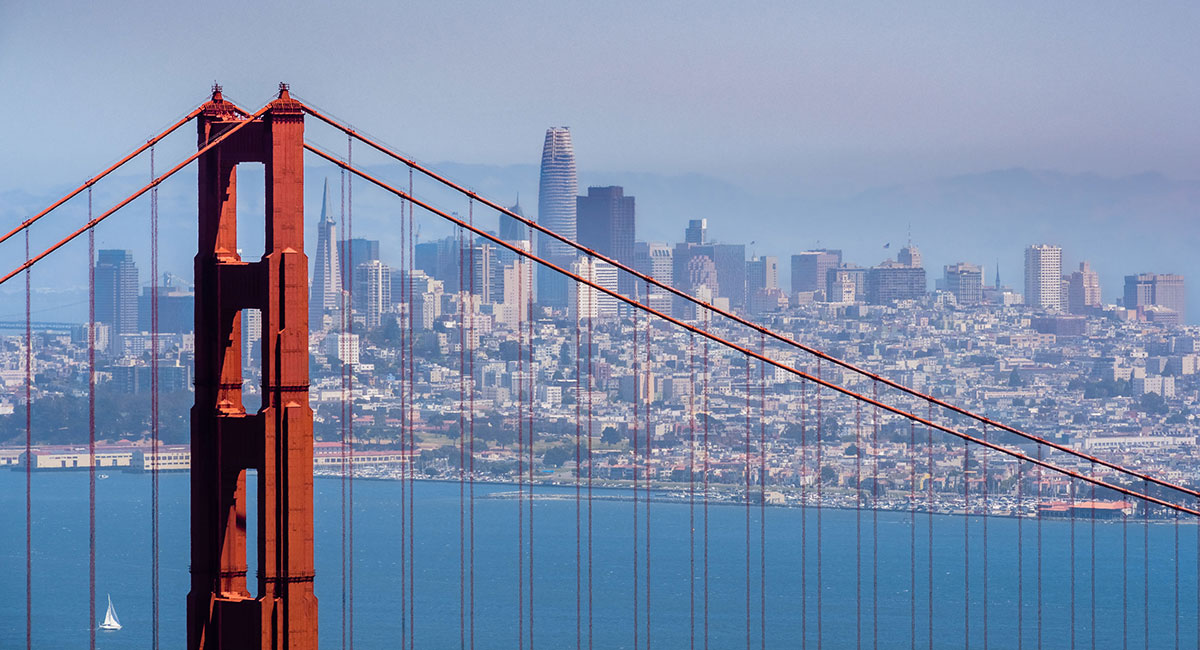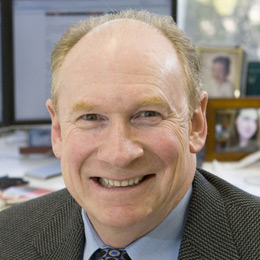The former Union Bank building in the heart of San Francisco’s financial district, located at 350 California Street, was auctioned off last week. The winning bid was $65 million, roughly 75 percent less on a per-square-foot basis than comparable building sales from just before the pandemic. This is devastating news for San Francisco, because it provides a new market-rate benchmark for pricing other downtown commercial building listings, and such a low price indicates that investors have an extremely negative outlook for the future of San Francisco’s downtown area.
Just four years ago, you would be hard-pressed to find a major tech firm that either didn’t have a presence in San Francisco or wasn’t trying to create such a presence. Today, tech and other firms are abandoning the city. San Francisco’s downtown vacancy rate has increased from only about 4 percent in 2019 to nearly 30 percent today.
The glut of downtown office space, combined with San Francisco’s high housing costs, has led many to envision converting downtown commercial spaces into residential buildings, but not one residential development firm bid on this property. One residential development group that considered a bid was Emerald Fund, which converted a downtown office tower to apartments about ten years ago. Emerald Fund ultimately viewed the prospect of a residential conversion as too risky due to the city’s high fees and its low-income housing requirement. Presently, the city requires 23 percent of the units in a large development be set aside for low-to-moderate-income tenants, but this means that developers would need to charge a substantial premium on the market-rate units for the project to pencil out.
Tony Crossley, a San Francisco commercial broker, estimated a residential conversion cost per unit of nearly $1,000 per square foot for this property. “It doesn’t make any economic sense,” he said. “The math is completely upside down.”
Developer Eric Tao noted that permitting and other city fees, together with the city’s affordable housing requirements, are so costly that the purchase price of the building would need to drop to less than $100 per square foot, compared to the purchase price of $225 per square foot for 350 California, to economically justify a residential conversion.
To put Tao’s estimate in context, I note that the cost of housing per square foot in Biloxi, Mississippi, one of the poorest cities in the country, with a median household income that is 60 percent below that of San Francisco, is $139 per square foot. And this is for a city that is not only poor but is chronically at risk of major flooding, which raises insurance costs and reduces home values. Yes, the math is completely upside down regarding commercial-to-residential conversions in San Francisco. But the city’s Board of Supervisors doesn’t seem to understand this yet, and until they do, the dream of converting commercial space to residences will remain just that.
San Francisco’s economic struggles are not just with empty downtown office space. Retailers have been shuttering their stores, including Walgreens and CVS pharmacies, a large Whole Foods grocery store, and high-end retailers including Williams-Sonoma, Abercrombie & Fitch, Nordstrom, Anthropologie, and Crate and Barrel. The vacancy rate in San Francisco’s well-known Union Square shopping area is 25 percent.
Nearly all stores undergoing closures have cited the problems of theft and consumer and employee safety as the main reasons for closing. A MetroPCS store near San Francisco’s City Hall may be the next San Francisco store to close, as shoplifters hit the store at least twice a week, taking phones, charging cords, and other merchandise, and store employees fear for their lives.
The continuing losses of San Francisco’s economic base are a symptom of a city that has become politically dysfunctional and is perceived by people and businesses to be dangerous and unworkable. And these losses will continue until those who govern San Francisco make different choices regarding the very related issues of drug abuse, homelessness, and crime.
The fact that major policy reforms haven’t happened yet is very troubling, and the 75 percent drop in the value of the 22-story office building at 350 California Street shows that those who risk their capital in making business investments and creating new businesses have absolutely no confidence that San Francisco’s political leaders will make better decisions.








